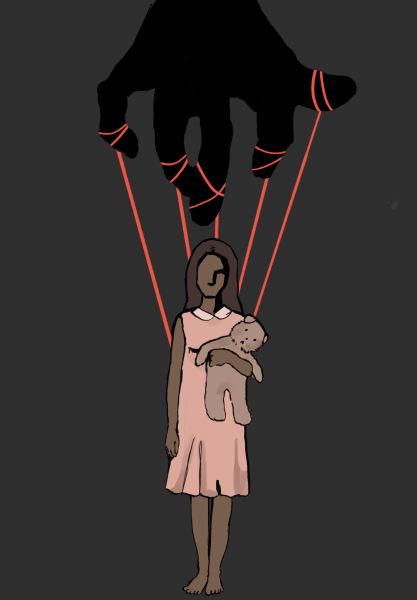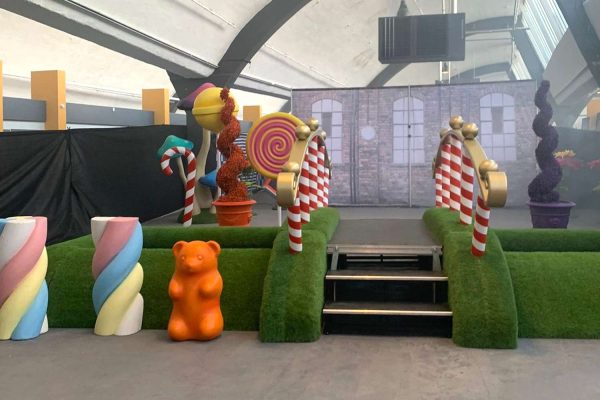Teens must adopt healthy screen habits
Blue light glasses remains a popular choice among teens to avoid eye straining while staring at a computer screen for extended periods of time.
The American Heart Association recommends that teenagers limit screen time to two hours a day. Right now, that number is upwards of six to seven hours for teens.
With online learning, students have been using devices more than usual to complete homework, assignments, and to join remote classes. This extended screen time can also lead to health problems such as increased eye strain, fatigue and headaches. As these problems become growing concerns to many, there are multiple products and techniques that one can implement into their daily routines to help curb these effects.
Blue Light Technologies
As screen time rises amongst teenagers, so does the popularity of investing in blue light gadgets. These include products such as blue light glasses and screen protectors. These products claim to filter or block out blue light from screens through a special lens. Blue light, a visible light part of the electromagnetic spectrum, is a short wavelength which produces high amounts of energy. Emitted from digital screens such as on computers, smartphones, and tablets, prolonged exposure to blue light can cause eye strain, sleeplessness, headaches, and fatigue. Blue light glasses and screen protectors can reduce the amount of blue light visible to the eye and could help reduce eye strain for teenagers who are spending multiple hours at a time on their screens.
Limit Screen Time Before Bed
Getting a good night’s sleep is important for teens, but with devices in the room and the use of them before bedtime, it is hard to do so. Research from Harvard Medical School has shown that the use of blue light devices right before bed can disrupt sleep patterns because it suppresses the production of melatonin. Melatonin is a hormone which assists the body in sleeping and in the body’s circadian rhythms (24-hour internal clock). Since students are using technology right before falling asleep and increasing their exposure to blue light at night, it makes it more difficult to fall asleep. To help prevent this, by turning off devices about an hour before bedtime, the body has less exposure to blue light. This allows the body to produce melatonin without any hindrances and naturally fall asleep. By doing this, the body receives a transition into the night without any distractions as well as prevents drowsiness in the morning.
Use Screen Time Limits
By utilizing time management screen time apps, one can maximize their productivity in the day as well as recognize how much time they are actually spending on their devices. On iPhone and Android devices, there are built in functions such as the Screen Time and the Digital Well Being integrations in settings. Through these functions, a person can view a thorough breakdown of the amount of time spent on each app. Even without these functions, one can still access these same features through other downloadable applications such as the app Freedom, or Moment. All of these apps can not only track your screen time throughout your phone but also set limits for how long one spends looking through an app. For example, if you find yourself consistently scrolling through Instagram for hours a day, you can limit your phone to only allow you on the app for half an hour a day. With these limitations and optimizing your phone use, you are decreasing your screen engagement and preventing eye strain from your usage.
Prioritize Important Tasks Over Using Screens
Having devices so accessible now, it can be so easy for teens to get distracted while doing important tasks. Before deciding to use your device for something, prioritize what really needs to be done. Focus on what is important to finish first such as homework, proper sleep, or other such activities. Devices become addictive because although one may go on a device for one thing, they can get sucked in and lose sight of what their original task was. To prevent this, when doing important tasks like homework, you can put your phone in another room or have it on “do not disturb”. This will prevent getting distracted easily. Before deciding to use your device for something, prioritize what really needs to be done and complete that first.
Find Non-Screen Activities
There are multiple sources of entertainment you can enjoy aside from apps, games, videos, and devices. By getting involved in other activities and seeking out other sources, you can decrease your screen time while also harboring new interests and finding new hobbies. When on your devices, take breaks and find off screen activities to help expand your horizons as well as give your body a break. You can take a walk, go outside, read a book, rearrange your bedroom, or even bake. You can enjoy time with friends or talk with your family. With these new found activities, it becomes easier to establish a healthy screen time schedule filled with enjoyable activities and lower your exposure to screens.
In online school, teens must balance their screen time usage with time away from the screen. Overall, with these tips and products, one can gain healthy habits and have a daily routine. Although it may be impossible to limit screen usage to two hours a day, it is possible to have devices in your day in a healthy way.

Returning to her role, Karina Gupta is the Multimedia Director for the 2023-2024 school year. A seasoned senior, you’ll often spot her outside the walls...











